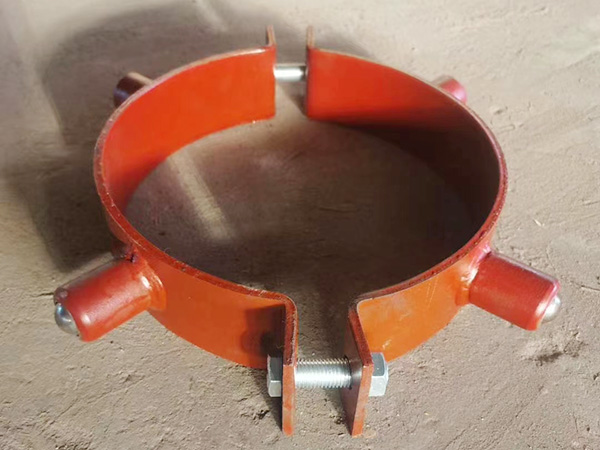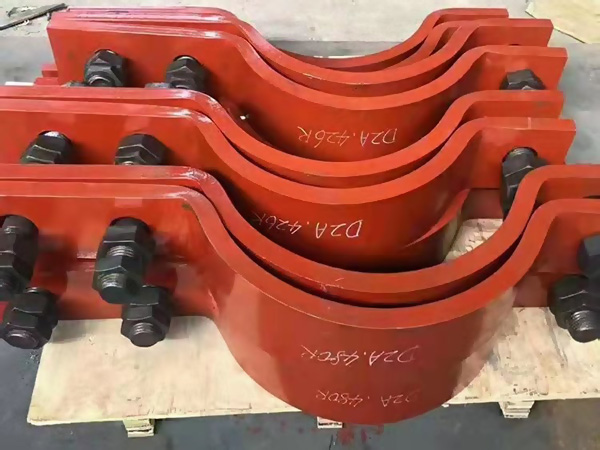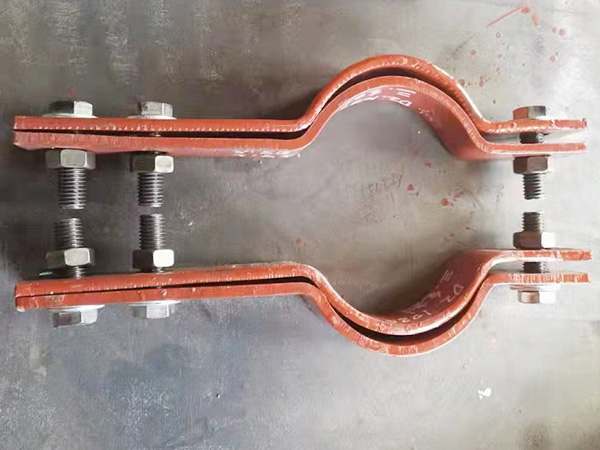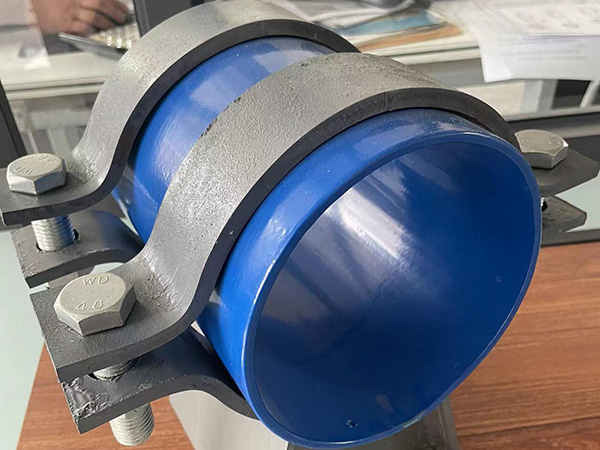Common Corrosion Protection Methods for Pipe Supports and Hangers
Author:Mingde Time:2025-04-28 01:12:30 Click:200
Pipe supports and hangers are often exposed to harsh environmental conditions such as humidity, chemicals, salt spray, or extreme temperatures. Over time, these factors can lead to corrosion, which weakens structural integrity, compromises load-bearing performance, and reduces system reliability. To ensure long-term service life and operational safety, appropriate anti-corrosion treatments must be applied during manufacturing or prior to installation.
Below are the most commonly used corrosion protection methods for pipe supports and hangers.
1. Hot-Dip Galvanizing (HDG)
Process:
Steel components are immersed in molten zinc at approximately 450°C (842°F), forming a metallurgically bonded zinc coating.
Advantages:
Excellent protection in outdoor and industrial environments
Long-lasting, typically 20+ years in moderate environments
Uniform coating even on complex geometries
Best Applications:
Power plants, refineries, and chemical processing plants
Outdoor piping systems
Coastal or high-humidity areas
2. Electro-Galvanizing (Cold Galvanizing)
Process:
A thin layer of zinc is electrochemically plated onto the surface of the metal.
Advantages:
Smooth and aesthetic surface finish
Suitable for indoor applications
Cost-effective for small components
Limitations:
Lower corrosion resistance than HDG
Not recommended for outdoor or marine use
Best Applications:
HVAC piping, cleanrooms, or indoor mechanical systems
3. Powder Coating
Process:
Dry powder (typically polyester, epoxy, or hybrid) is electrostatically applied to the metal surface and then cured under heat to form a hard finish.
Advantages:
Excellent resistance to chipping, UV, and chemical exposure
Available in a wide range of colors for identification or branding
Environmentally friendly (low VOC emissions)
Limitations:
Requires proper surface preparation
Not self-healing if the coating is scratched
Best Applications:
Architectural piping, food & beverage industries, chemical plants
4. Epoxy and Polyurethane Paint Systems
Process:
Multi-layer coating systems using primers, epoxy mid-coats, and polyurethane topcoats.
Advantages:
High chemical and abrasion resistance
Excellent adhesion to metal surfaces
Customizable thickness and color
Limitations:
More labor-intensive
Requires strict curing conditions
Best Applications:
Offshore platforms, petrochemical plants, or buried supports
5. Stainless Steel Components
Approach:
Use of stainless steel (e.g., 304, 316) for entire support assemblies.
Advantages:
Inherent corrosion resistance without the need for coatings
Long service life in aggressive environments
Low maintenance
Limitations:
Higher initial cost
Not always necessary for standard applications
Best Applications:
Cleanrooms, pharmaceutical and food processing facilities
Marine and offshore piping systems
6. Rubber or Plastic Coating (Encapsulation)
Process:
Pipe contact areas are covered with rubber or plastic sleeves or dipped in coating material.
Advantages:
Prevents metal-to-metal contact
Reduces vibration and noise
Protects insulation and pipe coatings
Limitations:
Typically used in combination with other methods
Not suitable as a standalone protection in outdoor environments
Best Applications:
Noise-sensitive buildings, thermal insulation zones
7. Bitumen or Asphalt Coating (for Underground Supports)
Process:
A thick, tar-like layer is applied to the support to provide a moisture barrier.
Advantages:
Effective for buried or wet environments
Low-cost moisture barrier
Limitations:
Aesthetic limitations
Not suitable for exposed pipe supports
Best Applications:
Underground piping supports, soil-contact systems
Conclusion
Selecting the right corrosion protection method depends on several factors, including environmental exposure, material compatibility, budget, and required service life. In many cases, a combination of base material selection and surface treatments yields the best results. For critical infrastructure or severe environments, investing in high-performance coatings or stainless steel components can prevent costly failures and extend operational life.
 Hot Products
Hot Products
 Contact Us
Contact Us
Contact:
Mobile:+86 +86 19133378808
Website:mingdepipe.com
Address:










